Run This Town

Our top 10 shoe picks of the season. Whether you're a brand new runner buying your first serious shoe or a veteran who's looking for a post-marathon pick-me-up, this list will help you find the perfect fit.
.jpg)
Texas Running Company
1) Saucony Breakthru 3
Feel the road and take your run to the next level with the Breakthru 3. Built for both speed and comfort, this no-nonsense running shoe is a versatile, lightweight ride that maximizes speed and responds to every stride. Thanks to its newly-engineered mesh design, the Breakthru 3 blends the durability of an everyday trainer and the explosiveness of a race-day shoe, making it softer and more cushioned than previous versions. Due to its neutrally-cushioned design, this shoe is highly flexible and is best for runners who have a high, stable arch. $100
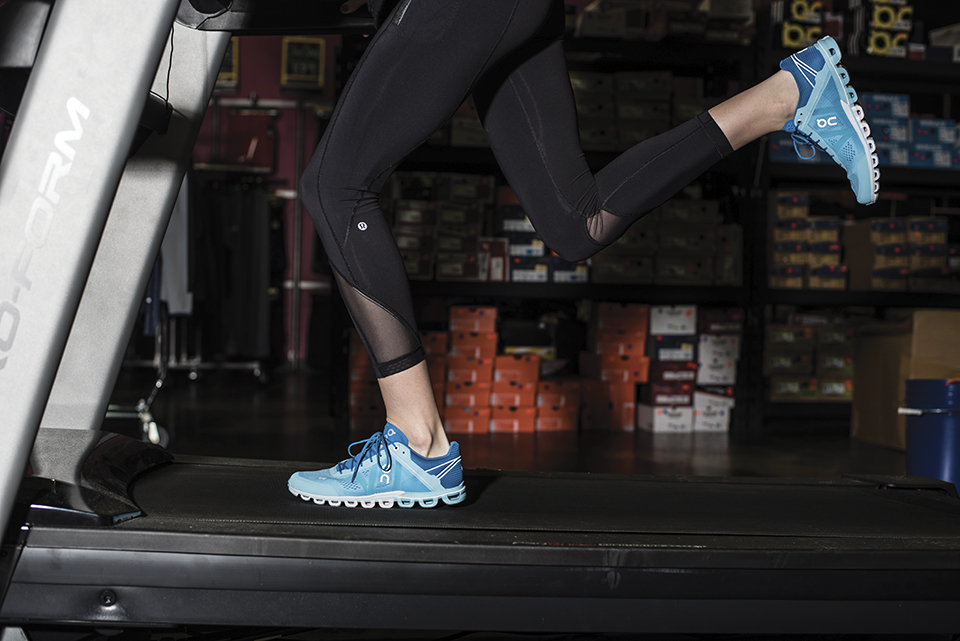
2) On Cloudflow
Swiss-engineering does it again—this time, with shoes. Constructed with 18 ‘clouds’ (cushions on the outsole), the impact is absorbed in every footfall. The Cloudflow is revered for its lightness and responsiveness, which simulates the feelings of running on—you guessed it—clouds. Plus, a breathable mesh on the upper combined with an antimicrobial treatment means your feet will stay fresh with every stride. $140
.jpg)
3) Brooks Launch 4
Released in January 2017, the beloved running brand Brooks made some tweaks to the latest iteration of the Launch. It’s always been a very stable shoe and locks the heel in with a snug foot hold. Not only does it have adaptive cushioning, but it also has plenty of toe height volume, making it a great fit for many different kinds of feet. Further updates to this version include a softened forefoot rubber, more lightweight (which may result in decreased durability).The Launch 4 gives a greater rebound when you run—whether it’s long or short distances—but serves as a reliable gym shoe, too. $100
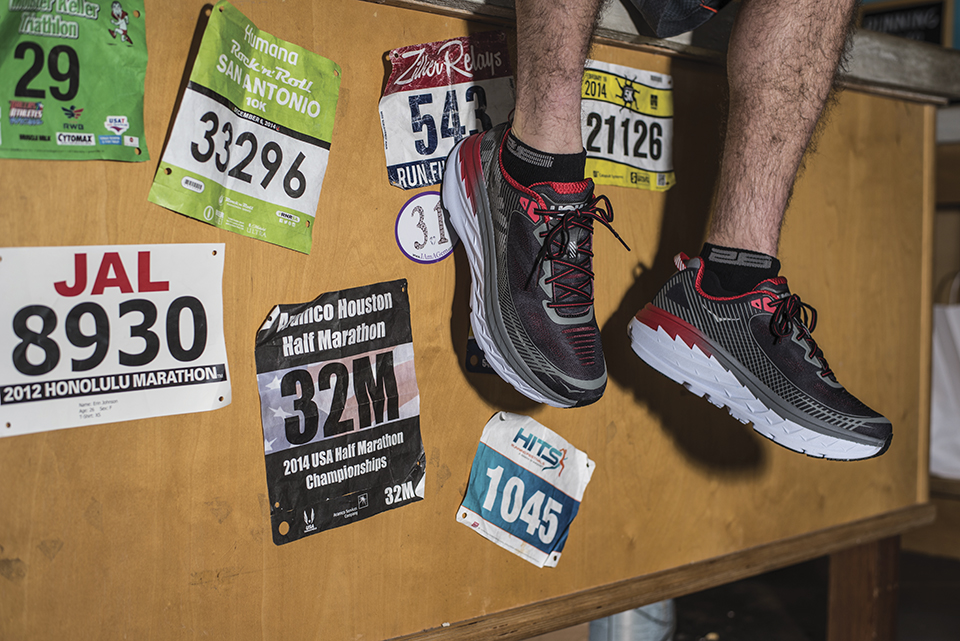
4) Hoka One One Bondi 5
The size of most Hoka shoes can be intimidating for runners, but keep in mind that looks can be deceiving. Even though the Bondi 5 looks super high, it’s only a 4mm drop. Additionally, it’s got a flat, but comfortable feel and your foot sits down inside the cushion. Due to the rocker platform, the take-off is smooth and nearly effortless. This shoe is ideal for runners who are looking for a low impact on the joints and highly recommended for new runners and also older runners who have lost fat on the bottom of their feet with age. $150
“When I first saw them, because they’re so big, I thought they’d be heavy. But they’re incredibly light.” — Leo Manzano
Q) What is a heel-toe drop?
The heel-toe drop refers to the difference between the heel height and the forefoot height in a shoe. For example, if a shoe has a 6mm drop, it would mean that the heel sits 6mm higher off the ground than the forefoot. If it’s has a zero drop, the heel and ball of your foot rests at the exact same height. There are countless studies examining the effect of lower versus higher heel-toe drops, ultimately revealing that it’s good to change up the height to allow variation in impact to your body. The average running shoe has a 10mm drop.
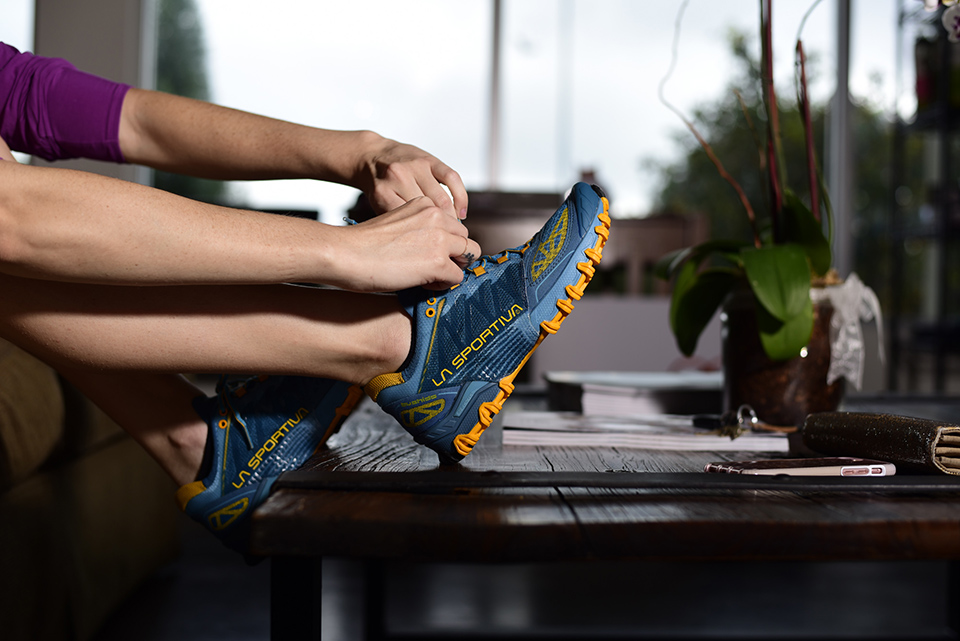
Austin Trail Running Company
1) La Sportiva Bushido
The Bushido is known as the ‘safety blanket shoe’—you can put it on and not think about where you're running. This firm-feeling shoe cradles the arch of your foot and blends the best qualities of a traditional trail shoe with that of a barefoot-style shoe to give you a dependable but flexible fit. With a ripstop upper, aggressive toe bumper and a firm rock plate, the Bushido can tackle anything you throw at it. The Bushido really excels on any Hill Country trail—particularly at technical downhills—but can also perform on obstacle courses. $130
.jpg)
2) Salomon S-LAB Sense 5 Ultra SG
The S-LAB shoes produced by Salomon are inspired by elite athletes who put them to the test. As one of the more minimalist shoes offered to trail runners, the Salomon is a no-fuss, slip-on-and-go option. The Quicklace requires one pull for tightening and then stores away easily. A low drop of 4mm keeps you stable and close to the ground, while the outsole has an aggressive lug design that can handle tricky terrain. It’s equipped with an internal fit sleeve designed to hug the foot in exactly the right places, but can feel a little too snug for those who have a wider foot. $180
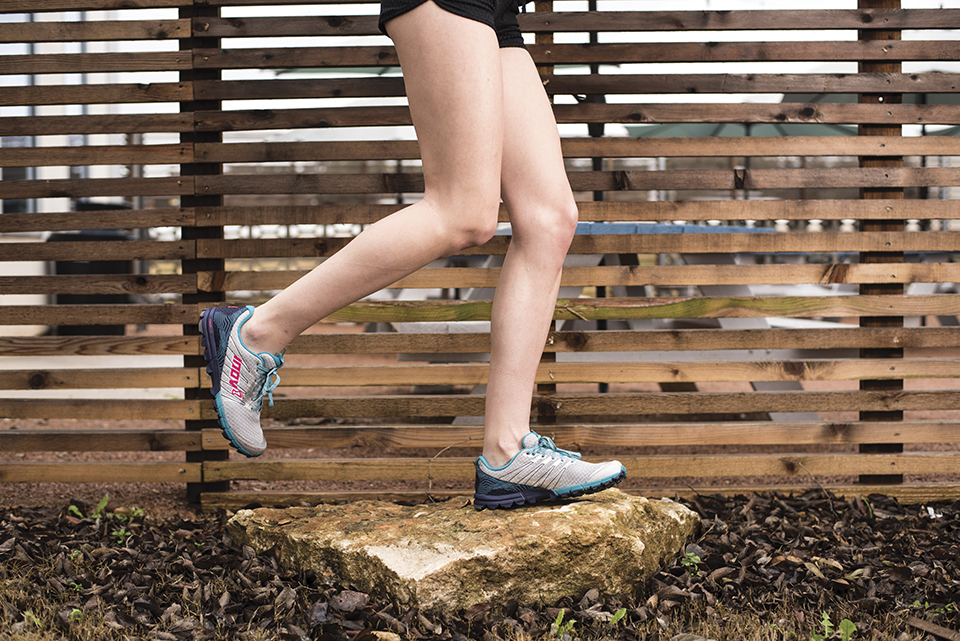
3) Inov8 Trail Talon 250
Many trail shoes are designed to keep your foot safe and your toes unbruised, but this one is built for what you really want: speed! Although it is also built with comfort and protection in mind, the Trail Talon 250 is perfect for routes that require agility. The patented midsole technology improves shock absorption and delivers better energy return than standard midsoles. Recommended for runners who desire a shoe with a wider toebox. $110
Q) How many miles should you put on a shoe before retiring them?
300-350 miles for a lightweight trainer. For a meatier shoe, it can last up to 450 miles. So, if you’re running about 15 miles per week, you’ll want to replace your shoes every 6-8 months.
Another indicator it’s time to get new shoes is if the outsole is wiped clean or flat and there’s no traction. Knee pain, or if something feels off—like there’s no giveback—is a possible sign you need to retire your shoes.
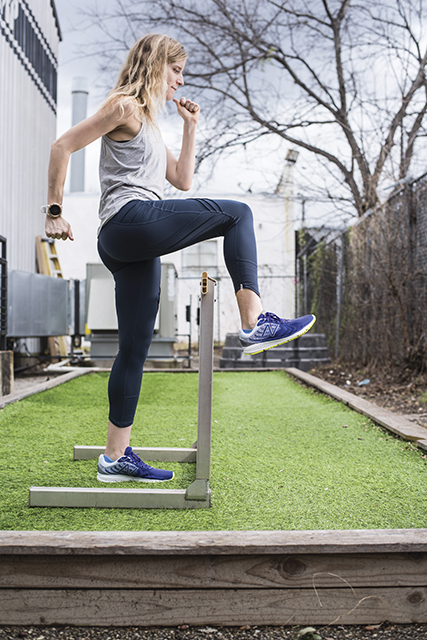
Rogue Running
1) New Balance Vazee Pace v2
If you’re looking for a durable, firm daily trainer that can double as a race-day shoe, look no further. The Vazee Pace v2, like its predecessor, is one of the best-looking shoes on the market, and is equally as poppy—the kind of shoe that makes you feel faster as soon as you put it on. Whether you’re distance training or in need of a tempo shoe, the v2’s got you covered. One thing to note: it gets pretty narrow in the midfoot. If you have a high arch or an arch that collapses, this may not be the shoe for you. $110
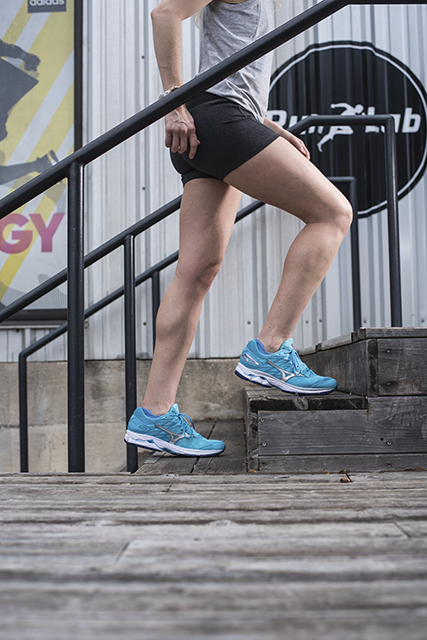
2) Mizuno Wave Rider 20
The latest model in Mizuno’s long line of Wave Riders, the 20 boasts a softer-feeling underfoot and is livelier than more recent versions. Equipped with a new midsole foam and a new wave plate, this shoe is great for people who overpronate (due to flatter feet) and need shock-reduction support. Its softer, cushier makeup also helps ease its hallmark heel-toe drop, which pairs well with its slightly wider footprint, more breathable upper, and more accommodating fit. Although the 20 is not has snappy as previous Wave Riders, it’s no softy either—in fact, its rugged and sticky outsole even make it trail-worthy. If you need for a comfortable, do-everything shoe that can log a lot of miles but doesn’t carry an outrageous price tag, look no further. $120
.jpg)
3) Brooks Cascadia 12
The Brooks Cascadia been around for a long time, grown to be a trusted shoe with a large following in the running community. For some people, the toe box might feel a little bit narrow, but it maintains that traditional trail feel with a rugged outsole, rock plate, and an overall very sturdy build. This is a great starting point when shopping for a new trail shoe—you might put it on and think you want something lighter or wider. $130






